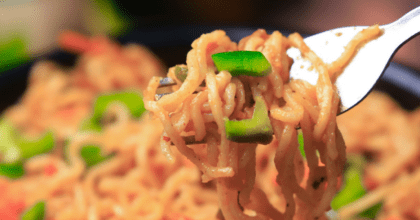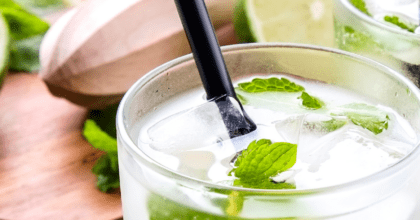Britain's big scoop… ice cream sales hit the billion mark in 2011
“It may have been the dampest summer on record and consumers across the nation have been tightening their purse strings, but new research from Mintel finds Brits have still have a taste for ice cream, proving nothing can dampen the spirits of the nation’s ice cream lovers. Things are looking sweet for sales of ice cream and despite economic uncertainty, ice cream sales hit the £1 billion mark in 2011, up from £998 million in 2010.
Indeed, in the last five years the UK ice cream, sorbet and frozen yogurt market overall has experienced more than 19% value growth to reach £1.1 billion in 2012 – up from £910 million in 2007. However, it seems things have turned sour for sales of sorbets. Valued at £5 million in 2011, sales of sorbets fell 17% over the same two year period declining from £6 million in 2009. Although only accounting for 1% of all ice cream sales, frozen yogurt has been the star performer of the ice cream sector with the market having risen by 50% over the same two year period from £4 to £6 million in 2011.
While value sales of ice cream, sorbet and frozen yogurt overall have been thriving, volume sales have not fared quite as well, with the market declining by 7% over the same five year period, from 374 million litres in 2007 to 347 million litres in 2012. Indeed, while the overall market is expected to see modest growth over the next five years, with Mintel forecasting a 12% rise in value sales by 2017 to £1.2 billion, a 7% decline is expected in volume to 324 million litres.
Amy Price, Senior Food Analyst at Mintel, said:
“While the market has been fuelled by inflation which has seen the average price per litre of ice cream rise by more than a quarter over the past five years, ice cream remains an affordable treat for most of the nation. Ice cream occupies an affordable price position in the context of the overall food market, the relatively cheap cost being one of the most important drivers of underlying growth throughout the economic downturn, helping to position ice cream as an affordable treat.”
Globally – it is Norway that spends the most per head on ice cream at £33 per head, closely followed by Australia (£30 per head), Switzerland (£25 per head) and Sweden and Finland (£24 per head respectively). The UK ranks in 10th place with £17 per head spend. However, in terms of who is eating the most, the USA tops the list, with 17 litres per head – way ahead of its nearest competitors Australia with 10.3 litres per head and Norway at 10.2. Sweden (8 litres per head) and Denmark (7 litres per head) make up the remaining top five. Again, the UK scrapes into the top 10 in tenth position at 6 litres per head. As many as 85% of all Brits buy ice cream.
While ice cream sticks are bought by one in two (51%) consumers, Mintel’s research shows Brits still love a tub of old fashioned ice cream (49%) and more than a third (35%) of the nation opts for the traditional cone, while three in ten (31%) buy lollies. Today, one in four (25%) Brits buys from ice cream vans, bringing music to the ears of the vendors.
Finally, while one person households continue to grow in number, it appears ice cream is not a priority in these smaller households, indeed, consumption of ice cream is lower among one-person households – 85% of all consumers having bought ice cream in the 12 months to March 2012, compared to just 76% of those living in one-person households. Space appears to be the barrier, with 27% of one-person households saying that ‘It’s hard to fit ice cream in my freezer’, compared to 21% on average. This group are also more likely than average to agree that they are limiting the amount of ice cream that they eat because of health reasons (23% of one-person households agree with this statement, compared to 17% on average).
“Marketing single-serve products around the notion of a one-off permissible treat should allow brands and own-label players to appeal to the growing number of one-person households who are both short on storage space and are reducing their consumption of ice cream for health reasons.”concludes Amy. “
-
Mintel StoreGet smart fast with our exclusive market research reports, delivering the latest data, innovation, trends and strategic recommendations....View reports
-
Mintel LeapMintel Leap is a revolutionary new AI-powered platform that will transform your research process....Book a demo







































